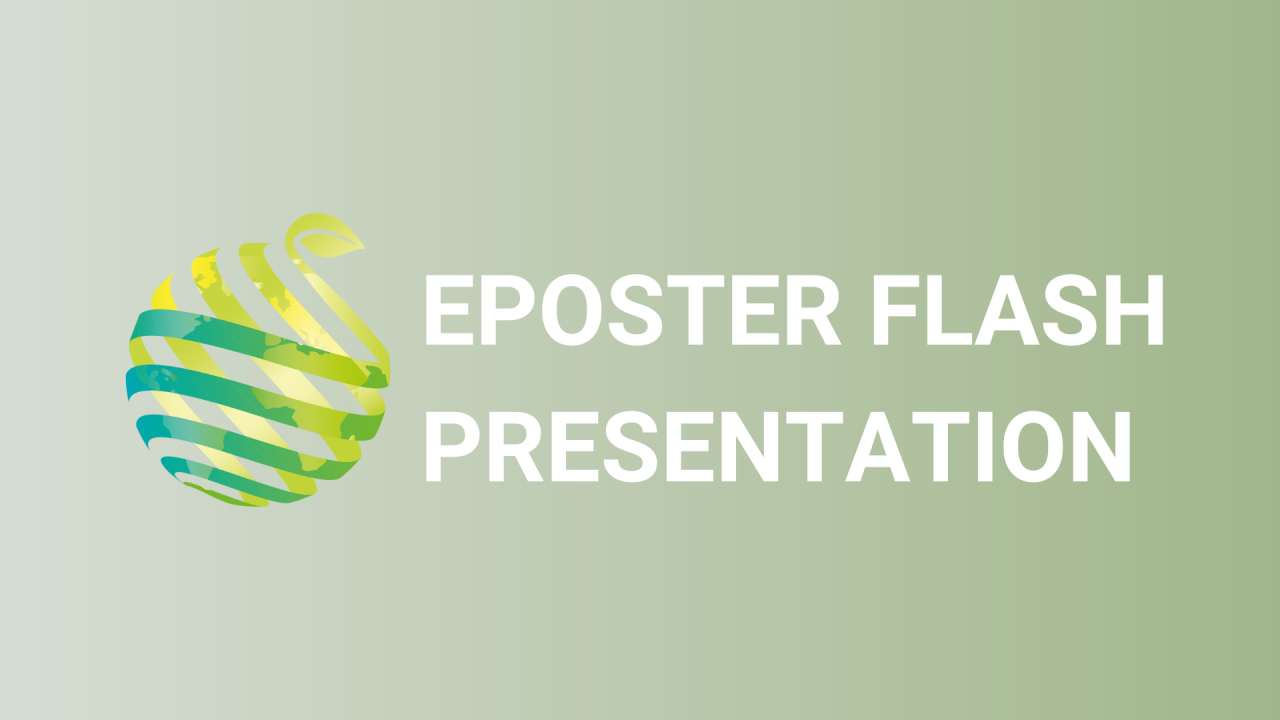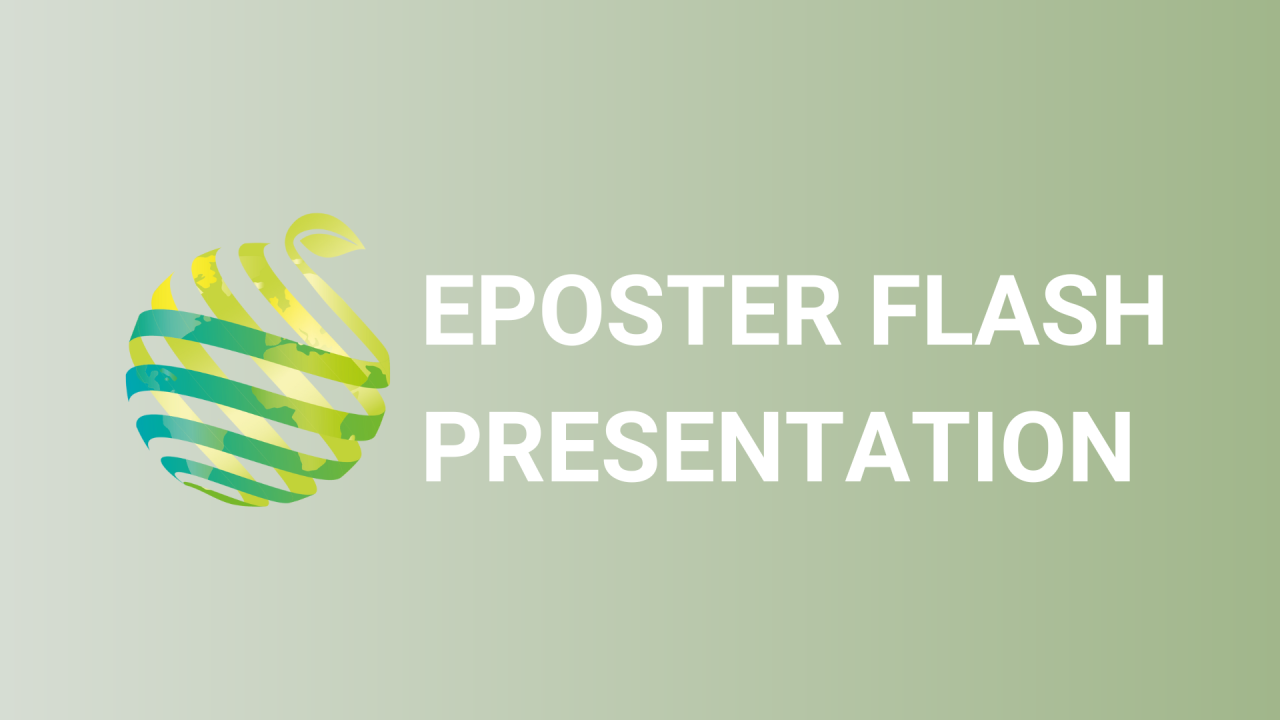

S14 - Session P5 - Impact of non-target insect accumulation in traps on sea buckthorn fruit fly Rhagoletis batava trap catches in sea buckthorn Hippophae rhamnoides plantations
Information
Authors: Edite Jakobsone *, Regina Rancane, Laura Ozolina-Pole, Janis Gailis
Sea buckthorn fruit fly Rhagoletis batava is an important sea buckthorn Hippophae rhamnoides pest in Europe, including Latvia, causing yield losses up to 100%. To apply control measures both in IPM and organic production, reliable monitoring tools to assess the number and emergence timing of imagines are necessary. Sea buckthorn fruit fly can be monitored using various tools, but the most commonly used and cheapest to service is a yellow, flat, sticky sheet trap. To further reduce cost, often traps are not changed at every assessment, but used for up to several weeks, which causes non target insect accumulation and glue layer saturation with insect parts. We assessed if trap saturation with non-target insects impedes the traps ability to catch insects in general and especially sea buckthorn fruit fly using at various levels artificially saturated traps. Experiment was run in three organic sea buckthorn orchards, where sea buckthorn fruit fly was found in levels prohibiting successful harvest. Three separate exposures in early, mid and late season, two to three weeks long each, were carried out, using clean as well as 10% saturated and 30% saturated traps. Total number of sea buckthorn fruit fly imagines caught in each trap during exposure was recorded and post exposure traps were photographed and area covered by insects measured using ImageJ software. There were significantly fewer non-target insects caught on 30% saturated traps than on clean or 10% saturated traps, however there was no significant difference in number of sea buckthorn fruit fly caught in traps of various saturation levels. Therefore trap saturation seems to not be an issue at typical exposure times for monitoring sea buckthorn fruit fly, but shorter exposures might need to be used if general insect diversity is to be surveyed.